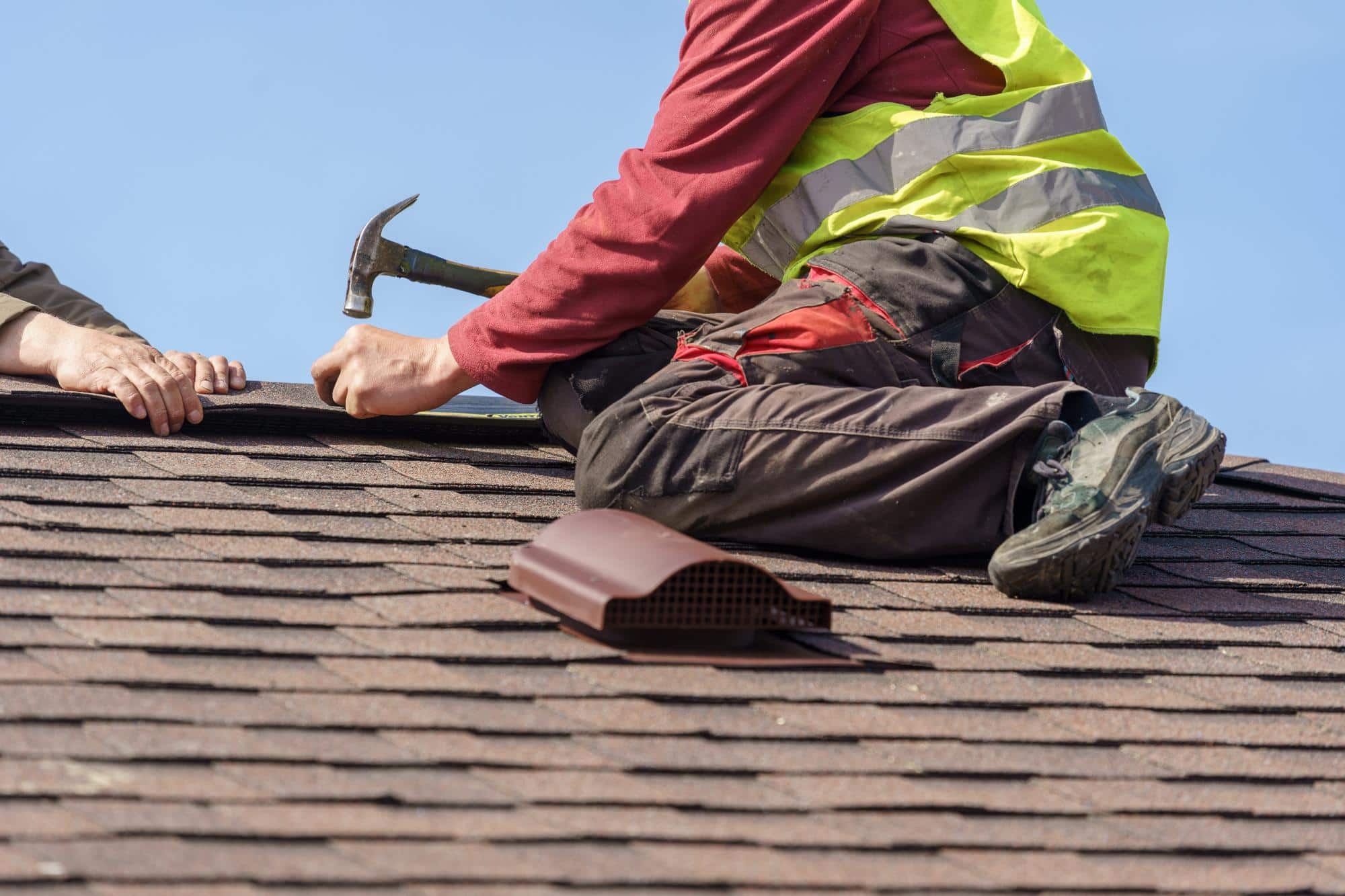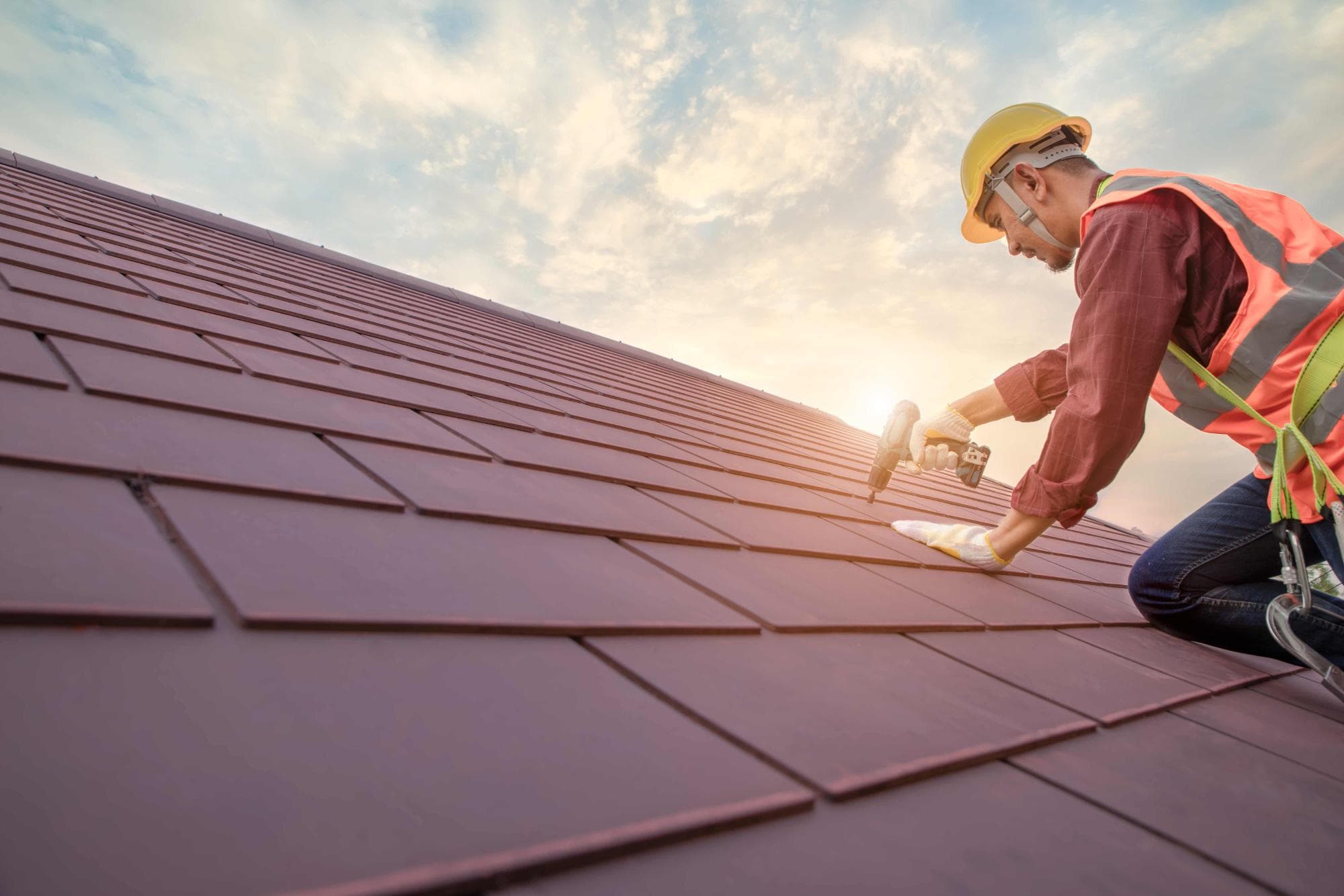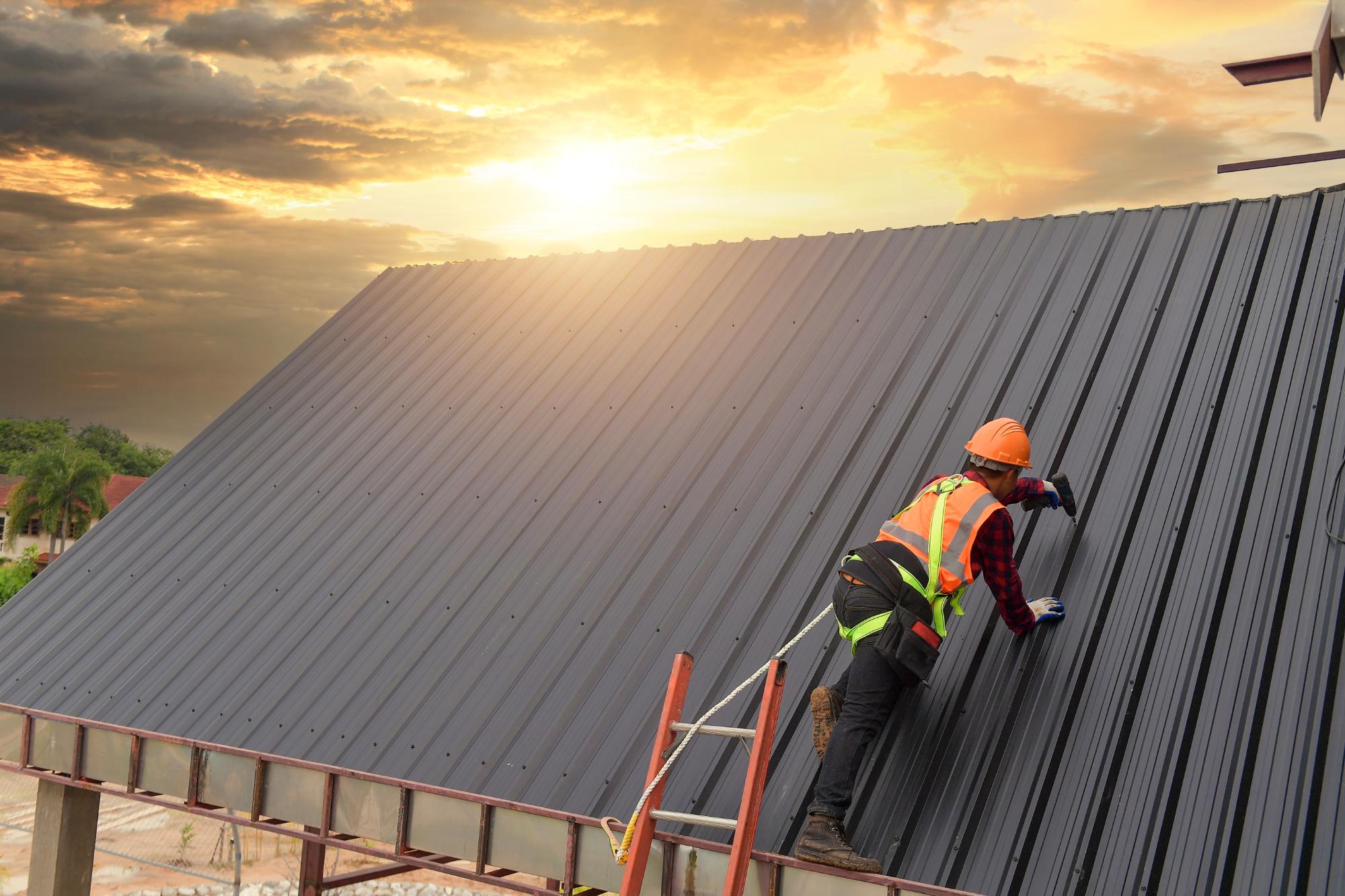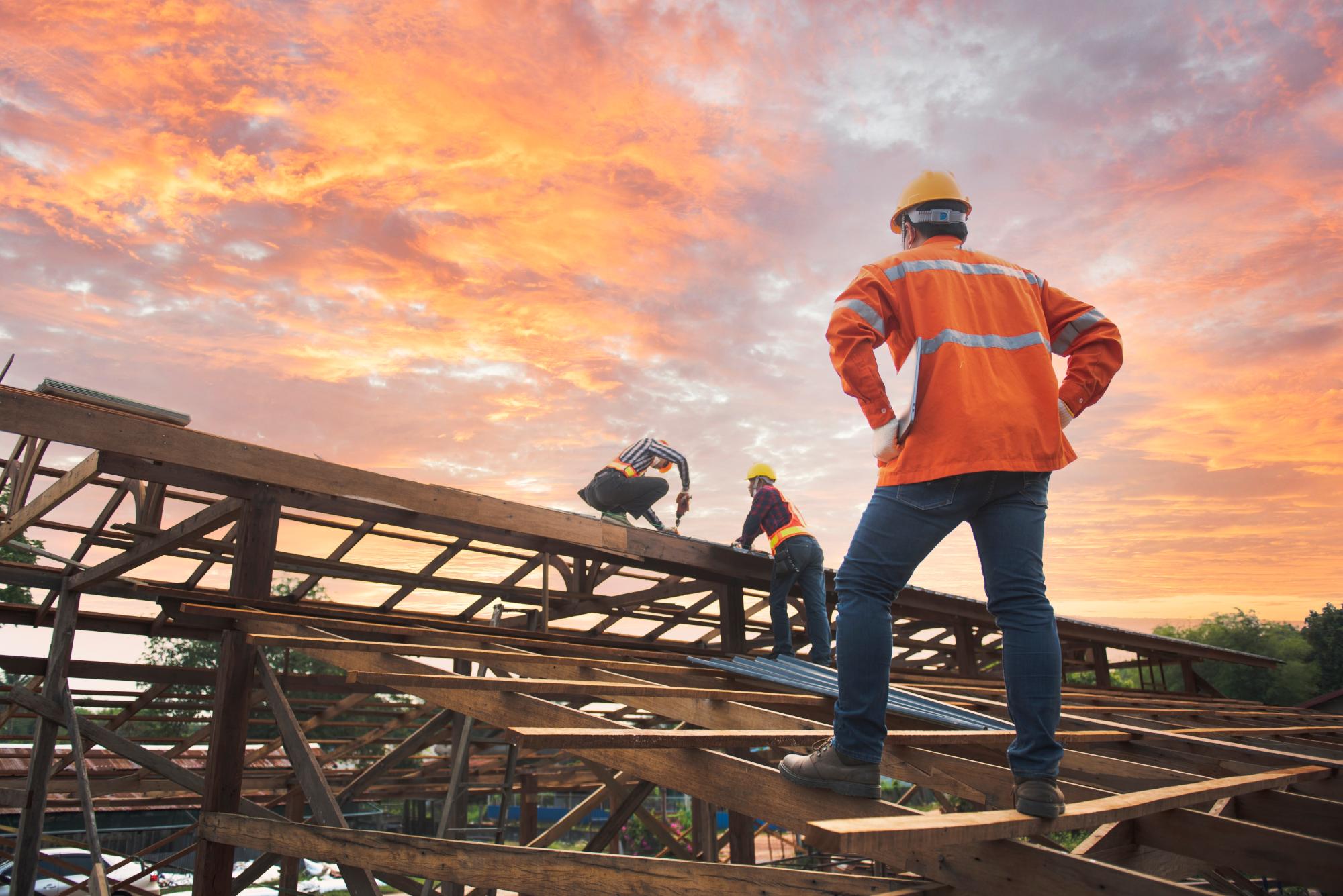Commercial Roofer in Boynton Beach, FL
Your Commercial Roof Problems End Here
Four generations of expertise protecting South Florida businesses with unmatched warranties and reliable commercial roofing services.

Hear from Our Customers

Commercial Roofing Services Boynton Beach
You stop worrying about your roof every time storm clouds roll in. Your facility stays dry, your operations continue uninterrupted, and your maintenance budget becomes predictable instead of chaotic.
When your commercial roof is properly installed and maintained, you’re not dealing with emergency calls at 2 AM or scrambling to move equipment away from leaks. You’re not explaining to tenants why water is dripping into their workspace or watching your insurance premiums climb because of repeated claims.
Instead, you have a roof system that handles whatever South Florida weather throws at it. You have documentation that satisfies insurance requirements and warranties that actually mean something when you need them.
Boynton Beach Commercial Roofing Contractor
The Aastro family has been protecting South Florida properties since the 1940s. What started with one roofer has grown into four generations working together, and we’ve seen every type of roof failure this climate can cause.
We’ve earned an A+ rating with the Better Business Bureau and been named Home Advisor’s Contractor of the Year from 2017 through 2022. We’re certified by every major manufacturer and active members of both local and national roofing associations.
Most importantly, we’re not tied to selling you one specific roofing system. We evaluate your building, your budget, and your needs, then recommend what actually makes sense for your situation.

Commercial Roof Repair Process
First, we perform a comprehensive inspection of your entire roof system, not just the obvious problem areas. This includes checking drainage, flashing, penetrations, and the structural deck underneath.
You receive a detailed report with photos showing exactly what we found. If repairs are needed, we explain your options clearly – what needs immediate attention, what can wait, and what different solutions will cost you both upfront and long-term.
Once you approve the work, we handle permits, coordinate with your insurance if needed, and schedule the job to minimize disruption to your operations. We protect your property during construction and clean up completely when finished. You get documentation for your records and warranties that are longer than most competitors even offer.

Commercial Roofing Company Services
We handle every type of commercial roof system – TPO, EPDM, modified bitumen, metal, tile, and built-up roofing. Whether you need emergency storm damage repairs, planned maintenance, or complete roof replacement, we have the equipment and expertise.
We work with all major manufacturers and can match existing systems or recommend upgrades that improve performance. Our team understands Florida building codes, permitting requirements, and what insurance adjusters look for during inspections.
Emergency response is available because roof leaks don’t wait for business hours. We also provide preventive maintenance programs that catch small issues before they become expensive problems, helping you budget roof expenses instead of getting surprised by them.

